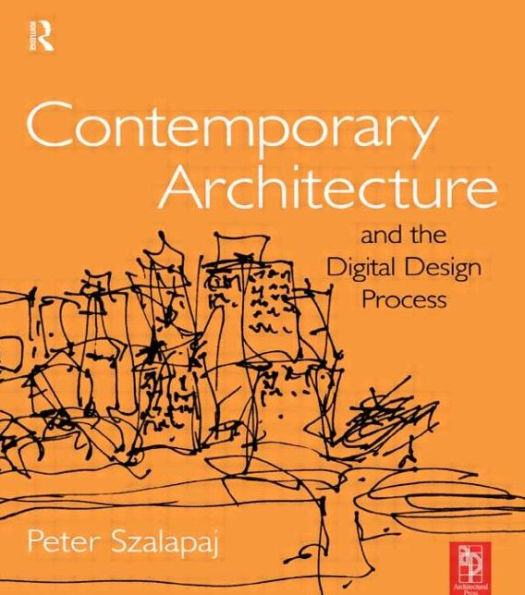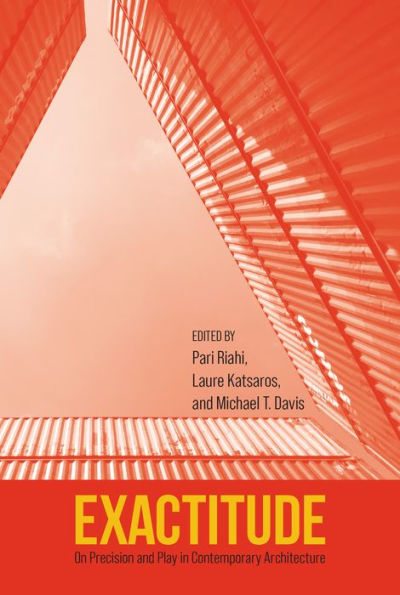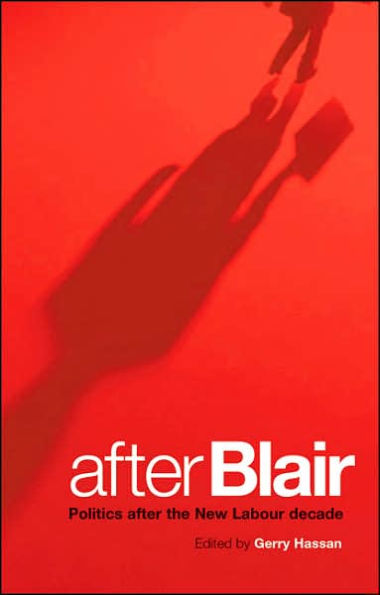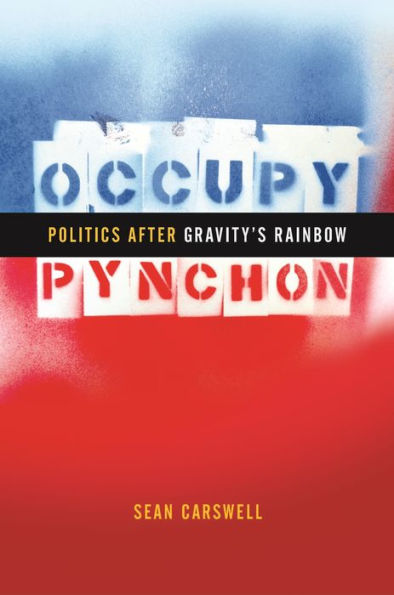Home
Berlin Contemporary: Architecture and Politics After 1990
Barnes and Noble
Berlin Contemporary: Architecture and Politics After 1990
Current price: $130.00


Barnes and Noble
Berlin Contemporary: Architecture and Politics After 1990
Current price: $130.00
Size: Hardcover
Loading Inventory...
*Product information may vary - to confirm product availability, pricing, shipping and return information please contact Barnes and Noble
For years following reunification, Berlin was the largest construction site in Europe, with striking new architecture proliferating throughout the city in the 1990s and early 2000s. Among the most visible and the most contested of the new projects were those designed for the national government and its related functions.
Berlin Contemporary
explores these buildings and plans, tracing their antecedents while also situating their iconic forms and influential designers within the spectacular world of global contemporary architecture. Close studies of these sites, including the Reichstag, the Chancellery, and the reconstruction of the Berlin Stadtschloss (now known as the Humboldt Forum), demonstrate the complexity of Berlin's political and architectural “rebuilding”-and reveal the intricate historical negotiations that architecture was summoned to perform.
Berlin Contemporary
explores these buildings and plans, tracing their antecedents while also situating their iconic forms and influential designers within the spectacular world of global contemporary architecture. Close studies of these sites, including the Reichstag, the Chancellery, and the reconstruction of the Berlin Stadtschloss (now known as the Humboldt Forum), demonstrate the complexity of Berlin's political and architectural “rebuilding”-and reveal the intricate historical negotiations that architecture was summoned to perform.

















